Onde Estamos
Rod. Dom Pedro I, km 47
Nazaré Paulista, SP, Brasil
Caixa Postal 47 – 12960-000
Tel: (11) 3590-0041

The giant armadillo (Priodontes maximus) is the largest of all existing armadillo species. Its size can reach one and a half meters in length (from snout to tail) and more than 50 kilos. Even with this size and wide distribution throughout almost all of South America, it is a little known species. Since 2010, the Canastra Armadillo project (carried out by IPÊ and The Royal Zoological Society of Scotland)seeks to raise more information about this species, its behavior and natural history, for its protection.
There are 21 species of armadillo, and they are only found on the American continent. The best known in Brazil are the peba armadillo, chicken armadillo and ball armadillo. What they have in common is that their bodies are covered in scales and their backs are covered in a shell. It covers the entire back of the animal, from the neck to the base of the tail, and its main function is to protect the body in contact with the ground and from attack by predators. In the middle portion of the body, the number of transverse “bands” can vary depending on the species.
O tatu-canastra (Priodontes maximus) é a maior de todas as espécies de tatus existentes. Its size can reach one and a half meters in length (from snout to tail) and more than 50 kilos. Even with this size and wide distribution throughout almost all of South America, it is a little known species. It is threatened by the loss of its natural habitats, as well as by hunting and road kill. Hence its classification as vulnerable on the IUCN (International Union for Conservation of Nature) Red List of Threatened Species.
Since 2010, the Tatu Canastra project (carried out by IPÊ and The Royal Zoological Society of Scotland) has sought to gather more information about this species, its behavior and natural history, in order to protect it. The work began in the Pantanal and, in 2014, the research also expanded to the Cerrado of Mato Grosso do Sul.
The long-term project uses tools such as radio transmitters and camera traps to survey and research armadillo burrows, monitor individuals and map the area in which they live. The work is focused on different fronts: Research (Ecology and Epidemiology); Training and Capacity Building; Planning regional actions and Communication. In the latter, various actions sought to make the project’s data public, and to bring knowledge about the Canastra armadillos to an increasing number of people.
Some of the project’s news and achievements:
Cameras from the Tatu Canastra project catch another cub in the Pantanal
Tatu-Canastra researcher wins World Conservation Oscar
IPÊ researcher receives “Wildlife Warrior” award from Houston Zoo
Tatu research photos are among the best of the year in BBC Wildlife competition
Study in the Pantanal (MS) reveals the role of the canasta armadillo as an “ecosystem engineer”
Project seeks community support to find armadillos in the Cerrado
Tem Tatu Aqui” campaign, in partnership with SZB, draws attention to Brazil’s armadillos
Collect information about the giant armadillo, its behavior and natural history, for its protection in the Pantanal and Cerrado biomes.
Arnaud Desbiez - coordinator
Danilo Kluyber - veterinarian
Gabriel Massocato - biologist
Bruna Oliveira - biologist

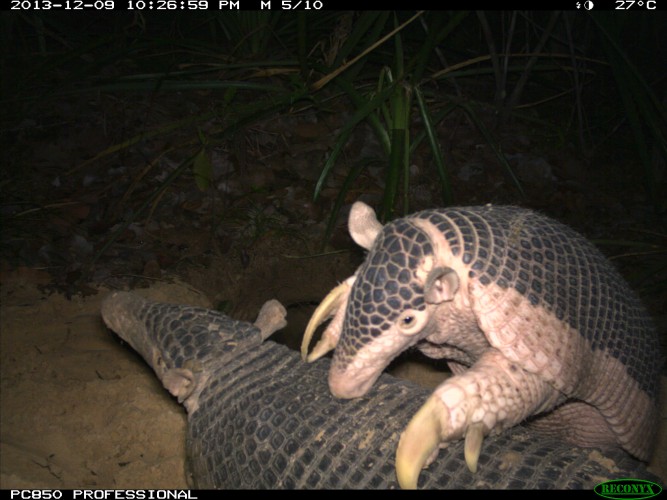
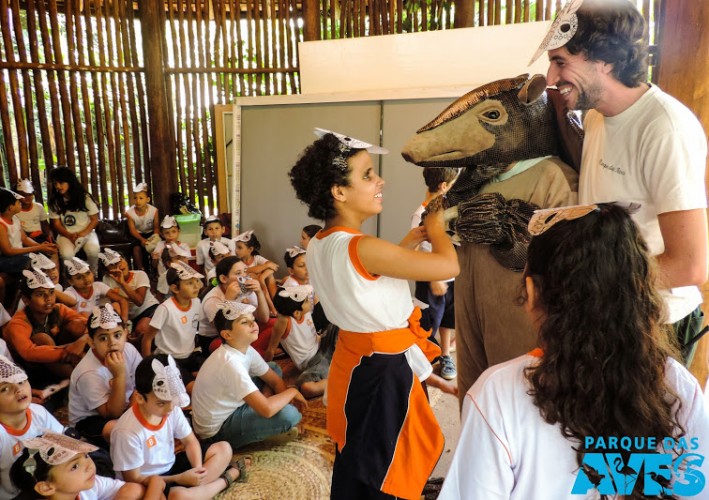
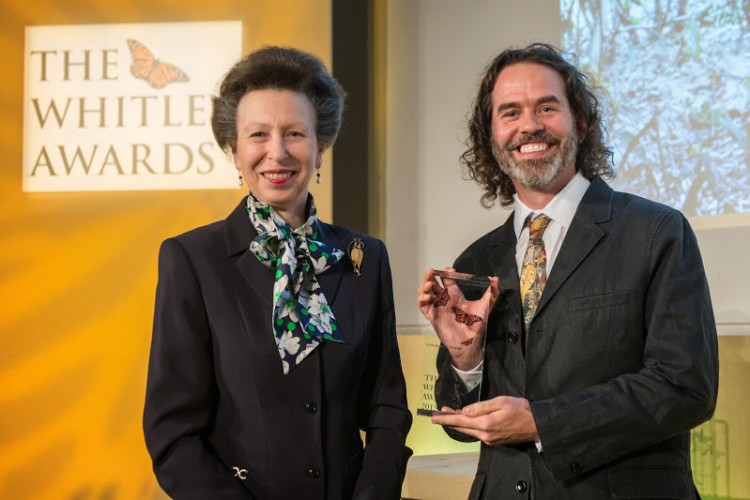
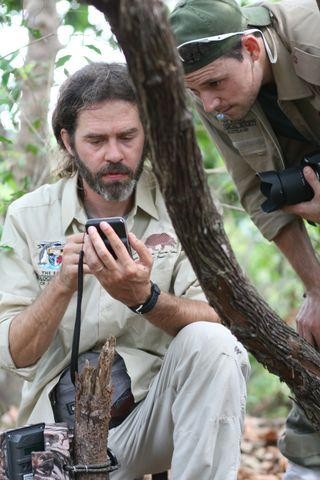

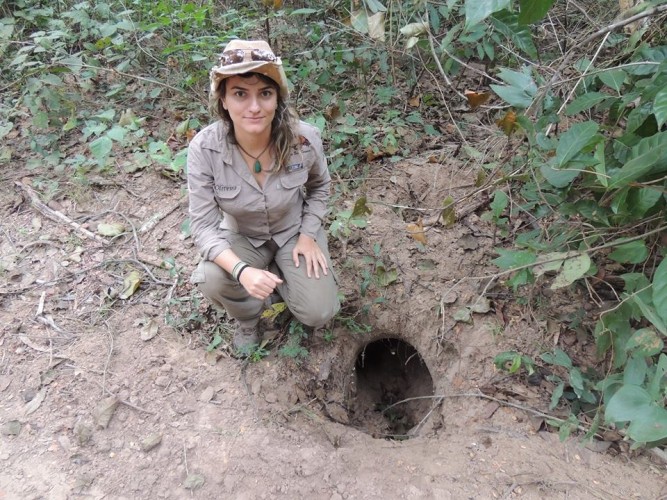


Rod. Dom Pedro I, km 47
Nazaré Paulista, SP, Brasil
Caixa Postal 47 – 12960-000
Tel: (11) 3590-0041
Termos de Uso | Estatuto
Copyright © Ipê – Instituto de Pesquisas Ecológicas.
Email: ipe@ipe.org.br